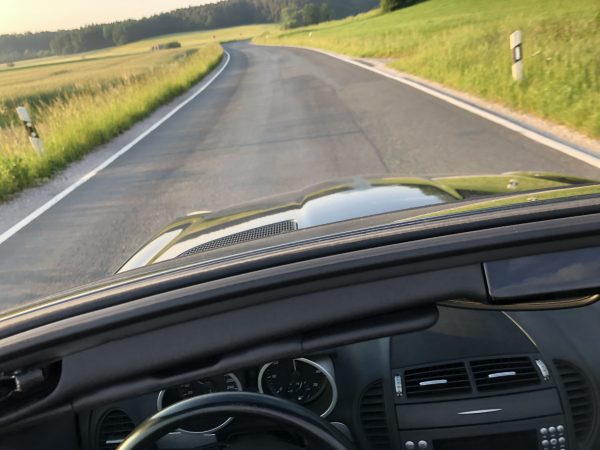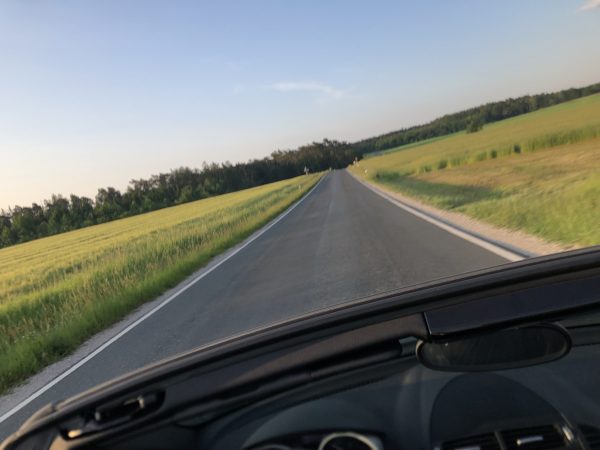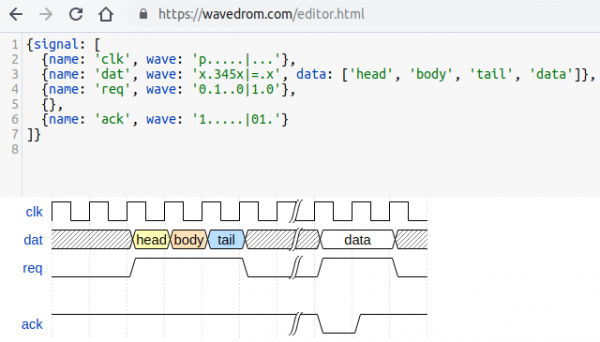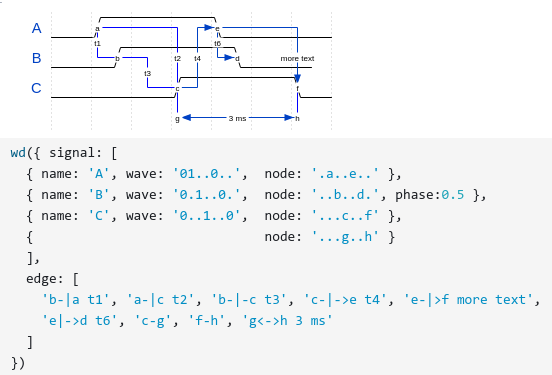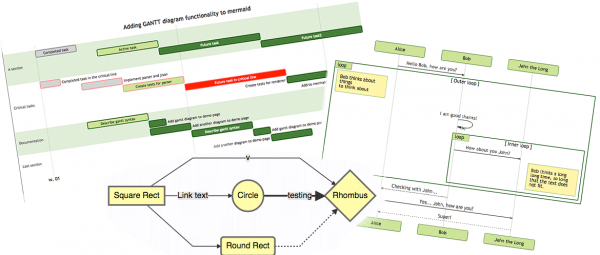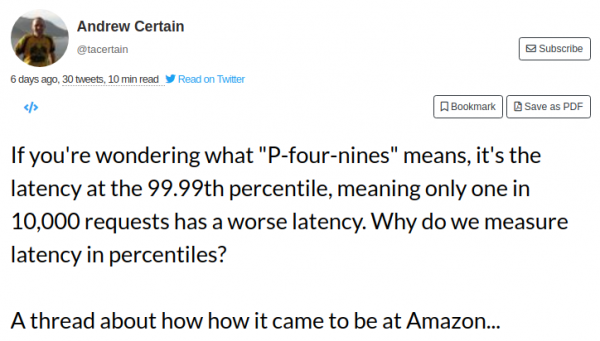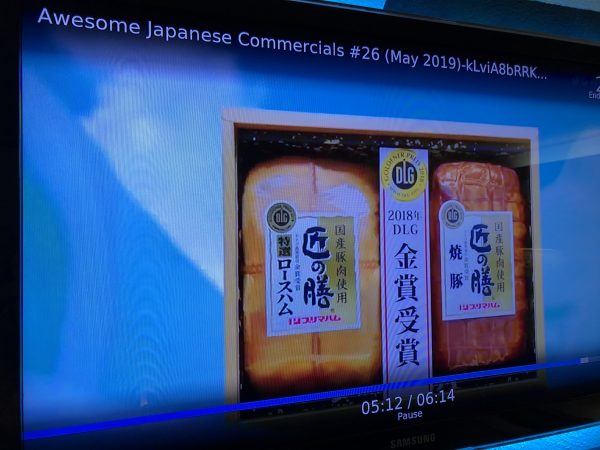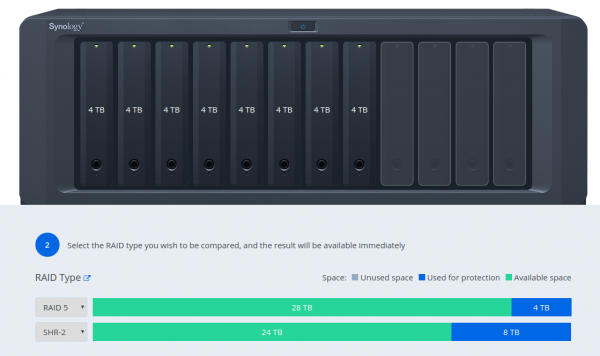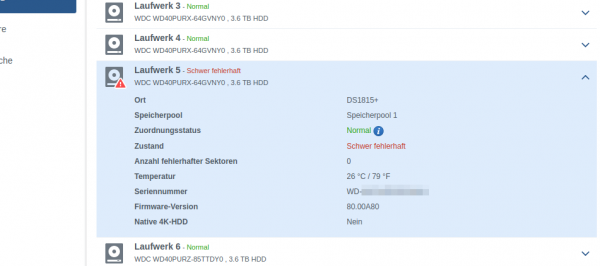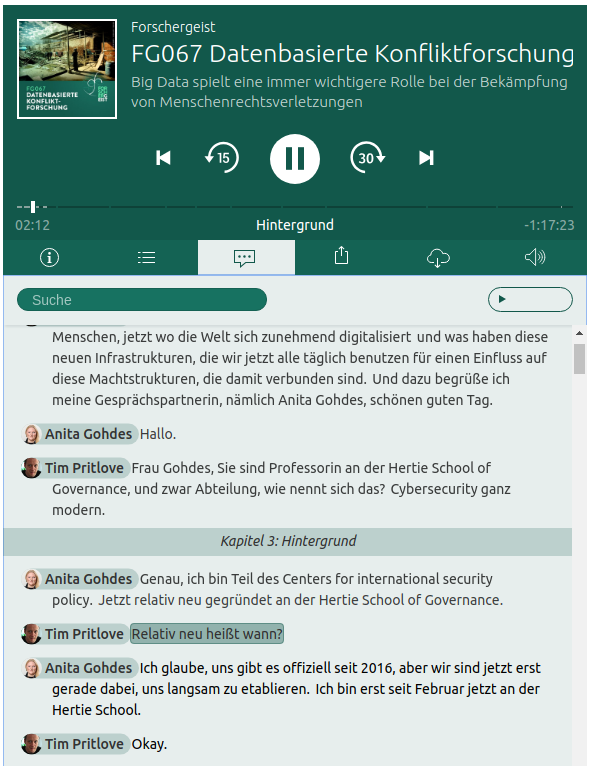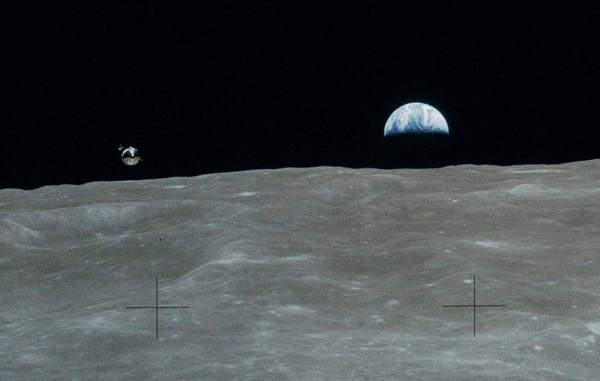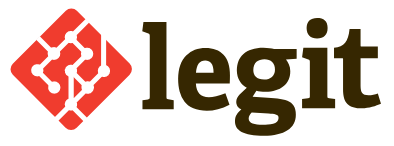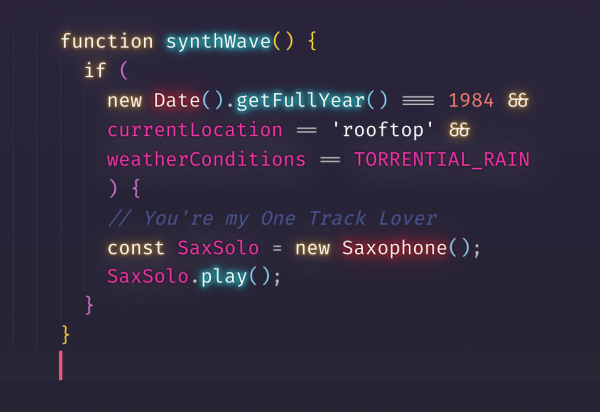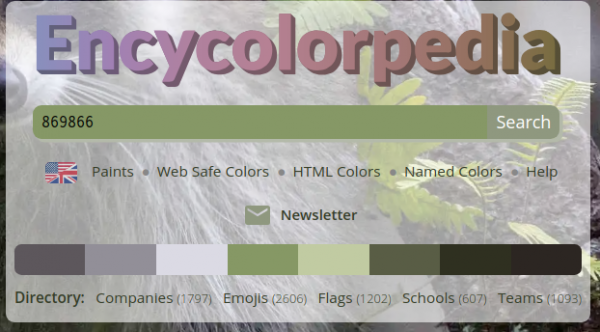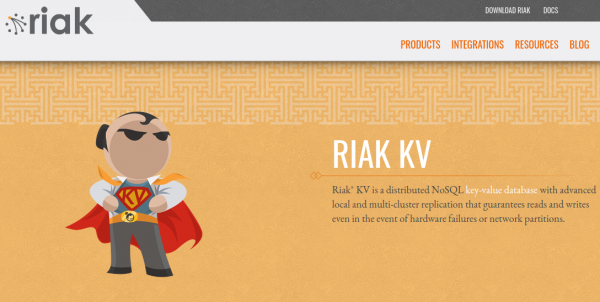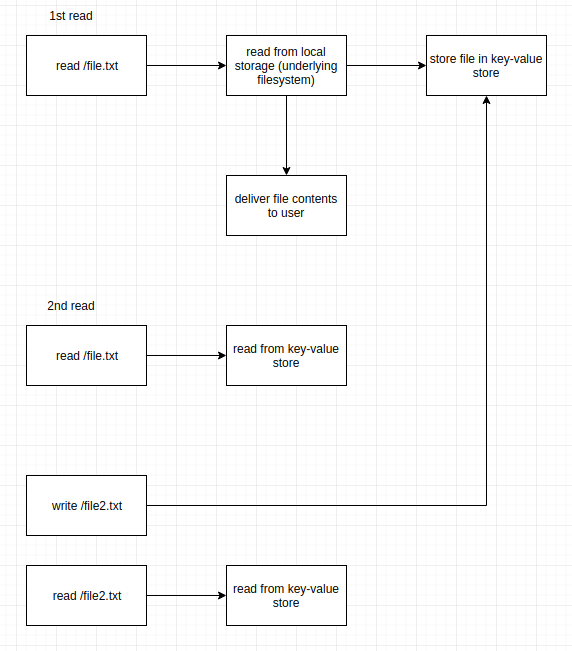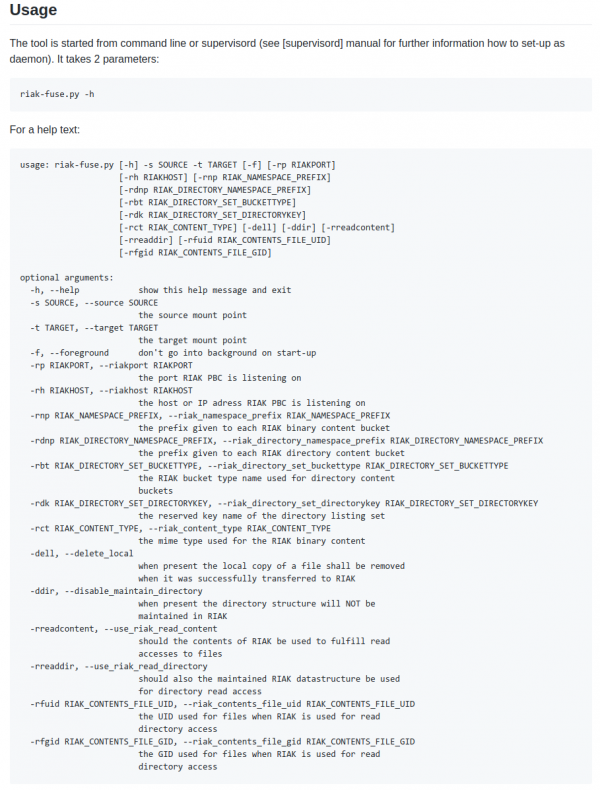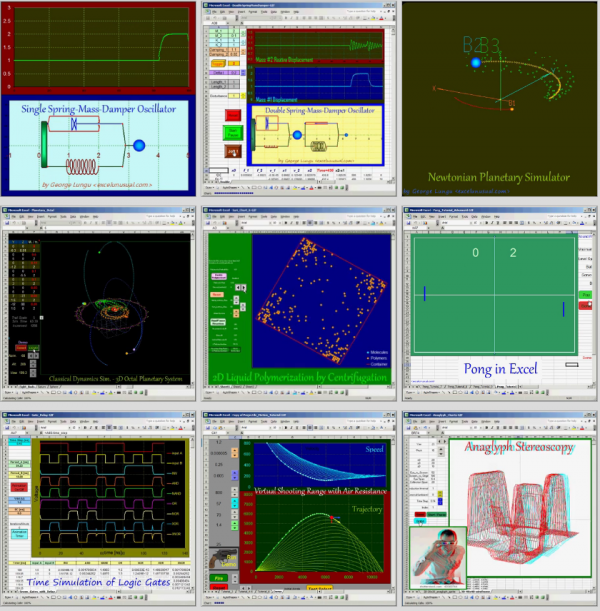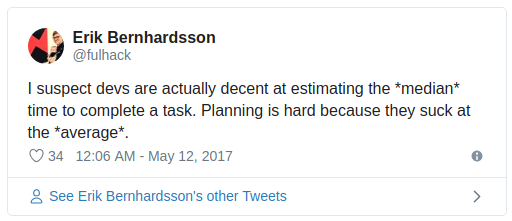Finally the top-down time of the year has started. This is how my day starts from now everyday…
technical visualization tools
There’s so much happening in this field as visualizations become more powerful and easier to create.
WaveDrom
WaveDrom draws your Timing Diagram or Waveform from simple textual description. It comes with description language, rendering engine and the editor.
WaveDrom editor works in the browser or can be installed on your system. Rendering engine can be embeded into any webpage.
https://wavedrom.com/
MermaidJS
Generation of diagrams and flowcharts from text in a similar manner as markdown.
Ever wanted to simplify documentation and avoid heavy tools like Visio when explaining your code?
This is why mermaid was born, a simple markdown-like script language for generating charts from text via javascript. Try it using our editor.
Meeting with a hologram
I can never wrap my head around how people really only use audio to communicate within teams, across cultures and timezones.
I’ve experienced first hand what a difference it makes to use good video conferencing that actually works. And it makes such a difference on productivity and team collaboration.
Video conferencing never replaces real-life face-2-face meetings. It just does not start relationships.
If you already had your work and personal relationship started video conferencing will make all the difference to your work.
Anyhow: I am also a big believer in augmented-reality glasses. I have to wear glasses anyhow all the time – why not improving them with the ability to display stuff.
Now, think of this. You’ve got one of those AR glasses on and you start the video conference call. And this happens:
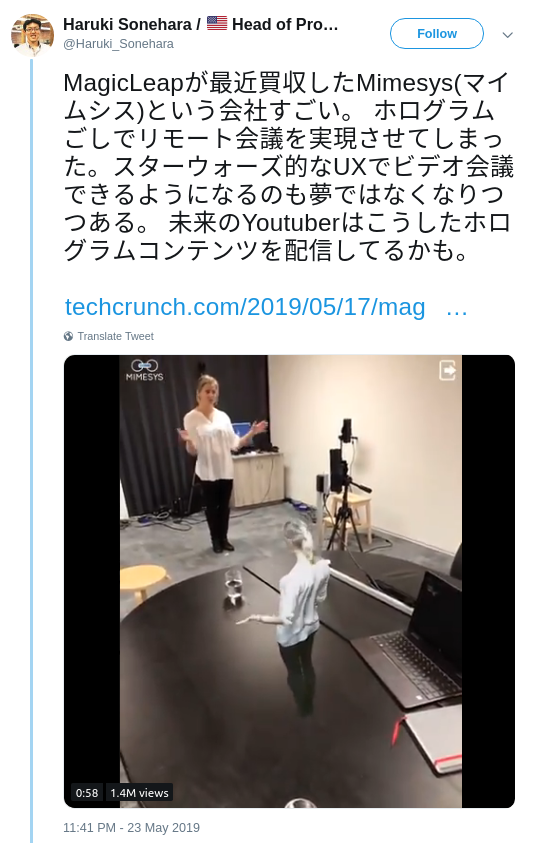
上野

P-four-nines
By many known as “High Availability” this elusive thing as a lot of different perspectives to consider…
update: storage array synced
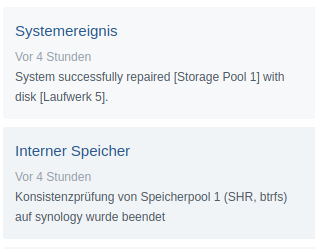
All is good. No data has been harmed in the process. Now drive #8 needs to be replaced.
DLG Gütesiegel in japanese TV commercials
Catching up to some YouTube things during dinner made us see a Japanese TV commercial sporting the German DLG quality seal. Funny to see that these kind of quality seals carry over even to Japan…
The German Agricultural Society (Deutsche Landwirtschafts-Gesellschaft), commonly known as DLG, is an international non-profit organisation for agricultural industry in Germany. DLG was founded in 1885 by Max Eyth, has over 23,000 members as of 2011 and is headquartered in Frankfurt am Main. Its main purpose is to promote technical progress and scientific advances in the food and agricultural industry, including setting standards.
DLG
always go for double redundancy
As the replacement drive for yesterdays hard drive crash was put into place the storage array started to re-silver the newly added empty drive. This process takes a while – about 8 hours for this particular type of array.
Interestingly just 2 minutes into the process another drive dropped a bombshell:
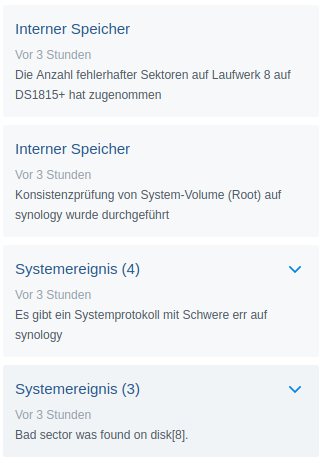
Apparently disk 8 holds together it’s business so far but dropped a couple of parity errors into the equation.
This is bad news. But so far science still is on my side of things and no data has been lost.
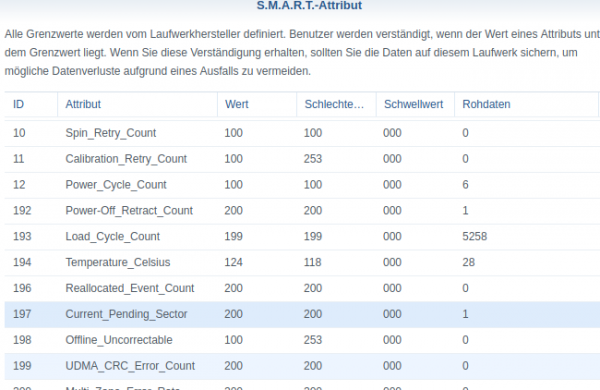
But now redundancy is down completely. There’s no redundancy for now – until the replaced hard disk is fully integrated. My policy for these sized drives demands a minimum of 2-disk redundancy and for today this policy saved the day (data).
Actually let’s dive a bit into what it’s doing there to achieve 2-disk redundancy:
Synology Hybrid RAID (SHR) is an automated RAID management system from Synology, designed to make storage volume deployment quick and easy. If you don’t know much about RAID, SHR is recommended to set up the storage volume on your Synology NAS.
You will learn different types of SHR and their advantages/disadvantages over classic single disk/RAID setups. In the end, you will be able to choose a type of RAID or SHR for the best interest of your storage volume. This article assumes that as the admin of your Synology NAS, you are also an experienced network administrator with a firm grasp of RAID management.
Synology Hybrid Raid
So you trade data redundancy and safety for useable disk space. Here this is compared to traditional RAID 5:
disk down, rinse and repeat.
After the sudden death of a hard drive in one of the house’ storage arrays (after 55997 hours of service) beginning of this month it has happened again:
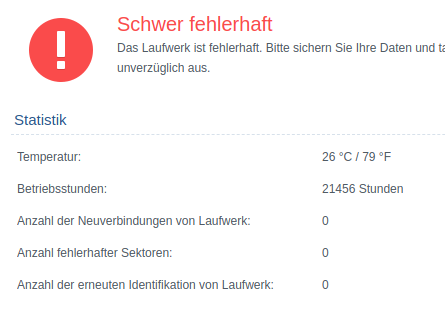
With less than half the runtime of the previously dead disk this one is an early failure. Well within the warranty. Therefore the disk is already en route to be replaced by an RMA (Western Digital RMA process so far is spotless!)
Anyhow: This was a 4 TB drive. It’s in an array with 2-disk redundancy and 8 other drives. So the array still is operating with redundancy right now. Additionally a full backup exists as well as a hot-standby (but slower) offsite mirror.
I am quite confident to not loose data. But this raid-sync is going to take a bit longer. As drives get bigger, syncs get longer.
Celebrate Syaday!
Sweetmorn 5 Confusion: The Apostle Sri Syadasti’s Holyday. An Indian Pundit and Prince, born of the Peyotl Tribe, son of Gentle Chief Sun Flower Seed and the squaw Merry Jane. Living embodiment of the Discordian Affirmation. Patron to psychedelic type Discordians.
Syaday
the future of (speech) podcasts
The Podlove project once again leads the way to improve the experience and the way we interact with knowledge and thoughts. With the most current announcement and introduction of transcription-support for podcasts. Click on it right now and try it yourself.
Fulltext-search. Listening to podcasts by reading them. This-is-amazing!
Transcripts are coming
from the Podlove Publisher 2.8 announcement
Transcripts are an incredibly desirable thing to have for podcasts: they allow searching for specific parts, increase searchability by search sites when presented properly and they increase the accessibility of audio content significantly too.
However, transcripts have been considerably difficult to be created and used. Manually created transcripts are costly in terms of time and money and even if you spend the money there has been a lack of technical standards for storing and integrating transcripts into websites in a defined way.
This is now slowly changing: more and more automated speech-to-text systems are becoming available at reasonable costs and they are creating ever better transcripts with more and more languages being supported.
Still, automatic transcripts trail manually created transcripts in terms of accuracy, punctuation and so on but they are increasingly useful when they are primarily used for improving search results or helping you with your internal research when trying to find content in your older episodes.
New services are also coming up to deal with these problems by allowing users to quickly build on automatic transcripts and improve them manually in an assisted fashion. We will soon see a landscape of tools and services that will make creating transcripts easy and cheap enough for more and more podcasters so it’s time to come up with a good integration.
Last but not least, the WebVTT file format has become a de-facto common denominator for passing transcripts along, supporting time codes, speaker identification and a rudimentary set of meta data. While not perfect it’s enough to get a transcript infrastructure up and running and Podlove is leading the way.
done.
Server move has been finished!
If you can read this article you are already getting this website served from the new machine and your DNS got the memo to update.
かくれんぼ
かくれんぼ – kakurenbo – Hide and Seek
見つけた!- mitsuketa – I found you!
見つかった!- mitsukatta – You found me!
Freut euch des Labenz!
Labenz, das
https://labenz.neutsch.org/index.php
Ein allgemein bekannter Gegenstand oder eine vertraute Erfahrung, für den oder die bisher noch keine Bezeichnung existiert.
Douglas Adams, John Lloyd & Sven Böttcher: Der tiefere Sinn des Labenz
Im Leben gibt es unzählige Dinge, Gefühle, Menschentypen und Situationen, die jeder aus dem Alltag kennt, denen man aber bisher versäumt hat, einen Namen zu geben. Wer kennt das nicht: Man steht gedankenverloren in der Küche und fragt sich, was man dort eigentlich wollte. Oder wie heißt eigentlich dieser halblose Plastikrand unten an Kunststoffflaschenschraubdeckeln?
As for the english speaking audience: Douglas Adams, The meaning of Liff
make linux fast (unsecure) again
The CPU/hardware related bugs surfacing the last couple of years have mostly been fixed by adjusting the software that is run. Sometimes only by disabling certain features of a CPU or patching the microcode in the CPU itself.
The issue with this is that by fixing these issues features got disabled and workarounds had been introduced that lowered performance. Dramatically so for some use-cases.
By how much? Well it really depends on your CPU and use-cases. But maybe you want to try yourself. If you want to know the most current parameters to pass to your kernel on boot-up to disable all the performance impacting fixes, go here:
It is not recommended to have this in productive use – as you can imagine. Those bugs where fixed for a reason.
Earth, Moon, Spaceship.
As you might know humans are going to go “back to the moon“. At least when you ask a certain eCommerce mogul.
We have been there already. 40+ years ago. And since then we have unlearnt how to do it.
Just to give an impression of what we as humans where capable to achieve 40 years ago:
There’s a whole collection of these photos freely available for further digging. Go there and spend a day!
Imagine: Humans flew there and back. With 60s tech. What can we do now when we want it?
Of course. The important bit is not really flying there and back. The most important thing for me is perspective.
Look at that small blue-white marble. We should reset our perspectives regularly.
bumps ahead
This website is delivered to you by a single dedicated server in a datacenter in Germany. This server is old.
11:13:58 up 1320 days, 25 min, 2 users, load average: 1.87, 1.43, 1.25
uptime
And I am replacing it. While doing so I am going to take some shortcuts to lower the effort I have to put in for the move.
It will save me 2 days of work. It will mean for you: there might be some interruptions of the services provided by this website (there are more than this page…).
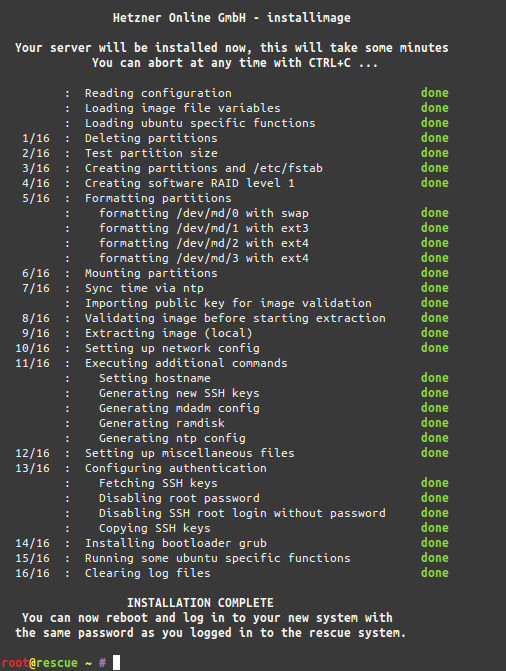
legit programming language
Programs written in legit are defined entirely by the graph of commits in a Git repository. The content of the repository is ignored.
legit is designed so that all relevant information is visible when runninggit log --graph --oneline.
For example, here is “hello world”:
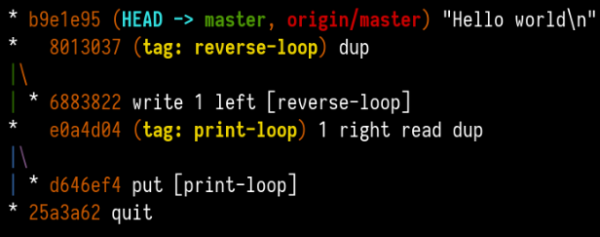
You can find implementations of legit, as well as some example programs, on GitHub: https://github.com/blinry/legit. The entry in the Esolang wiki is at https://esolangs.org/wiki/Legit.
80s code editor theme
The beginning of the decade saw the continuation of the clothing styles of the late 1970s and evolved into heavy metal fashion by the end. However, it had a lot of changes considering that, this fashion became more and more extravagant during the 80s.
The 80s included things like teased hair, ripped jeans, neon clothing and lots of colours and different designs which at first weren’t accepted for a lot of people.
Popular Culture in the 80s
Do you remember that endless summer back in ’84? Cruising down the ocean-highway with the top down, the wind in our hair and heads buzzing with neon dreams?
Synthwave’84 theme
No, I don’t remember it either, but with this experimental theme we can go there.
celebrate the Defenestration of Prague Day
Pungenday 70 Discord, 2784 YOLD (May 23, 1618 AD) Prague: a few royal officials were thrown out a window of Hradcany Castle by some noblemen, but survived the fall by landing in a cart full of manure. The date for this event falls on an extremely Illuminated day of the Gregorian Calendar, 5/23.
shared calendar
Encycolorpedia
Who would not want to know a place where colors are central. An encyclopedia of color names and many associations to colors.
Like company logos, HTML color codes, named colors, emojis, flags, schools, sport teams, …
transparently migrate data from local file storage to key-value-stores like RIAK KV
About 2 years ago I sat down and wrote a filesystem. Well not from scratch but using the great FUSE (Filesystem in Userspace) framework. I’ve released it as open-source later on Github:
This script acts as glue between a local file storage mount point and RIAK. It is targeted at specific use cases when local mount-points need to be migrated to RIAK without changing the applications accessing those mount point. Think of it as a transparent RIAK filesystem layer with multiple options to control it’s behavior regarding local files.
riakfuse
I had a very specific purpose in mind when I wrote this: There was a local filesystem that got filled up and because of technical restrictions we were not able to resize it or even completely copy it without interrupting the service using the data stored there.
Since we were already using the RIAK Key-Value Database for certain binary loads the idea came up to also utilize this key-value concept for a filesystem.
The idea now is: You have a local filesystem that holds a lot of folders and files already and you want to gradually want to move it to new grounds.
This migration needed to happen with minimal service interruptions assuming that there is constant reading and writing happening.
In this riak-fuse project I’ve written an overlay filesystem that steps between the application and the underlying “old”-filesystem. It looks and behaves identical to the application reading and writing.
But, depending on the mode you have chosen while mounting, every file read will at first be read from the “old”-filesystem and after successfull read stored into the key-value store.
On the next read it will be read from the key-value store directly.
The same applies for writing. Riak-fuse will write either to both, local storage and key-value store or just to the key-value store.
So in a nutshell: Data is slowly but surely on each access transferred over to the key-value store and load + storage space is slowly moving over from the local storage to the key-value store.
To facilitate this there are a lot of options for this script:
This all comes with ready-to-use docker and docker-compose files for you to try out.
Also it might interest you as an extremely simplified example of how to write an actual file system module for FUSE in Python.
Disclaimer: This effectively is my first python script as well as fuse module. Don’t be too hard on your judgement.
Celebrate Mal-2mas
Sweetmorn 68 Discord: Celebrating the Birth of Malaclypse the Younger on this day in 3107 YOLD (1941 AD).
Things you do with Microsoft Excel
Many of us are happy when they can accomplish the most simple tasks with Excel without pulling their own hair out.
And then there are these people who do something entirely different with Excel:
Finding engineering work quite unchallenging lately I decided to start this blog in which to share cool ways of solving engineering problems or just interesting modeling of natural phenomena in MS Excel 2003. I use mainly cell formulas with minimum of VBA in order to take advantage of the ease of “programming” and the native speed of the Excel spreadsheet.
http://www.excelunusual.com/
Time estimation in software development
I’ve found myself in these spots several times in my life. Either I had to deliver on an estimate or I had to acknowledge an estimation and deal with the outcomes.
If you are involved in anything digital / software this is a recommended piece to read:
Anyone who built software for a while knows that estimating how long something is going to take is hard. It’s hard to come up with an unbiased estimate of how long something will take, when fundamentally the work in itself is about solving something. One pet theory I’ve had for a really long time, is that some of this is really just a statistical artifact.
Why software projects take longer than you think
